20+ Years Experience
Specialist Wetpour Surfaces
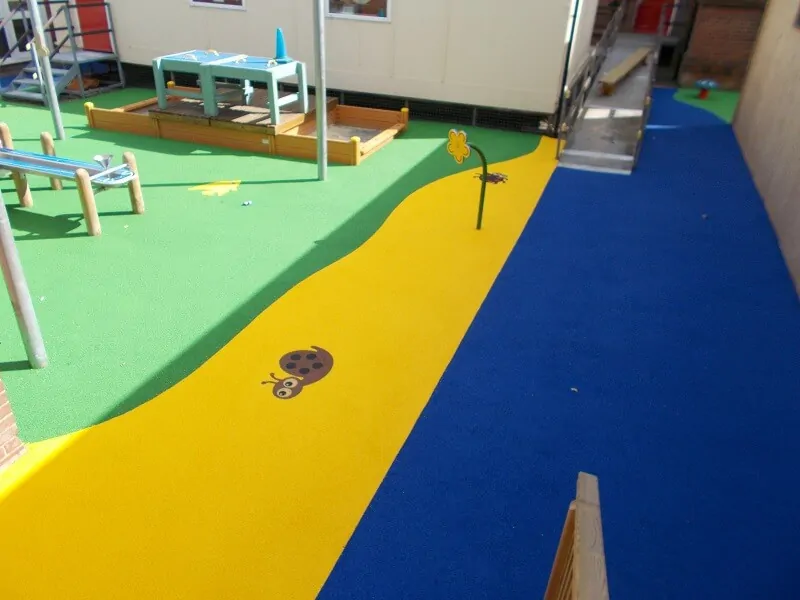
Enquire Today For A Free No Obligation Quote
If you are looking to ensure your playground is as safe as can be, look no further than wetpour surfacing. It’s an innovative way to get the best play surface that your playground can offer – and it’s the best way to make sure your little ones (or big ones!) stay safe while they’re having some fun. But what exactly is wetpour surfacing? In this blog post, we’ll explore the safety benefits of wetpour surfacing and why it’s quickly becoming the go-to for safe playgrounds. So, if your playground needs a makeover – read on and find out how you can keep everyone playing safely!
Wetpour surfacing offers excellent safety benefits, which makes it a popular choice for playgrounds. It has excellent impact absorption, slip resistance, and weather resistance, making it a safe and durable surface.
When it comes to playground safety, Wetpour surfacing is a popular choice as it provides a secure environment for children to play and exercise. This type of surfacing is created when two liquids are mixed together and poured onto the ground, providing a soft yet strong surface for play areas. The materials used in this process are either wet rubber granules or EPDM (Ethylene Propylene Diene Monomer), which is a type of rubber with added strength.
The benefits of Wetpour Surfacing are widely acknowledged by professionals in the industry such as playground safety assessors and insurance companies who generally recommend the use of wet pour surfaces over other types of surfacing due to its resilience and durability. The biggest advantage of wetpour is that it can absorb shock and reduce any potential injuries associated with falls. When installed correctly, wetpour surfacing can be moulded into shapes which encourage children to explore, learn and use their imagination. Furthermore, this type of surfacing also allows rainwater to drain away quickly, preventing it from ponding on the surface and becoming unsafe or slippery.
On the other hand, wetpour requires regular maintenance as it can be subject to damage through things like UV light, pet urine and plant roots. Therefore, proper maintenance should be carried out on a regular basis if one wishes to keep the surfacing in good condition over time.
Overall, Wetpour Surfacing is an attractive choice for playgrounds due to its shock absorbing properties and low-maintenance qualities. In the next section we will discuss some of the specific Safety Benefits associated with Wetpour Surfacing – so keep reading!
Wetpour surfacing is becoming increasingly popular for playgrounds, especially as the knowledge around its safety benefits becomes more widespread. It is a type of poured playground surface made from two layers of rubber — a base layer, which may be recycled or new rubber, plus a top layer of coloured EPDM rubber. It is safe, comfortable and offers a range of advantages over other surfaces. Pros include the fact that it is extremely durable and can last up to 25 years if well-maintained; it is easy to install and repair; it provides excellent shock absorption and impact protection; plus, it looks beautiful and allows parents to easily monitor their children while they play.
On the flip side however, wetpour can be extremely expensive to install due to its labour-intensive installation process. And while it has been found to provide more reliable shock absorption on falls than conventional grass or soil surfaces, some experts have suggested that there may be better options for offering maximum cushioning underfoot when compared to artificial grass or other cushioned surfaces like bark chippings or mats.
Overall though, the safety benefits offered by wetpour surfacing make it an ideal choice for ensuring your playground remains safe and comfortable for children of all ages. With these great benefits in mind, let’s now look at how wetpour impacts shock absorption on playgrounds. By doing so, we can get a better understanding of why this type of surfacing should continue to be utilized in many playgrounds across the globe.
Wetpour surfacing is becoming a popular choice for playgrounds due to its safety benefits. It is made from two layers of rubber and is extremely durable and easy to install and repair. It provides excellent shock absorption, cushioning, and impact protection as well as visual appeal for parents. However, wetpour can be expensive and may not provide the best cushioning compared to other surfaces. Despite this, it remains an ideal choice for both safety and comfort in playgrounds.
Impact and shock absorption are two of the key safety benefits of wetpour surfacing. Wetpour is designed to absorb shocks when a child falls during play, providing greater protection against serious impact-related injuries. It can cushion falls of up to two metres by absorbing the impact, which is significantly better than hard surfaces such as asphalt or concrete. Wetpour surfacing also has improved slip resistance compared to more hazardous surfaces like tarmac, so children have a safer playing environment.
Not all playgrounds are suitable for installing wetpour surface materials; it requires a relatively even surface with a minimum gradient. If there are large differences in height between different areas of the playground, then it could become uneven and unsafe. This can mean that wetpour is not always the most viable option from a safety perspective.
However, when considering the risks of using other surface materials like asphalt or tarmac, wetpour offers superior protection to both children and adults. The risk of falling on tarmac or concrete is much higher, which makes wetpour the preferable choice for high-risk areas such as car parks, playgrounds, and recreational areas.
When choosing a surfacing material for playgrounds and recreation areas, the shock absorbing qualities of wetpour should not be overlooked. Its superior shock absorption capabilities make it an ideal choice for creating safe outdoor spaces full of fun and adventure.
The next section will discuss the durability and porosity benefits that make wetpour surfacing an ideal choice for creating safe outdoor spaces around playgrounds and recreational areas .
Wetpour surfacing is a resilient and highly durable material that is capable of withstanding constant foot traffic, weather damage, and mechanical force with ease. The material creates a porous surface that does not retain water or contaminants, allowing for superior drainage during heavy rains or melts. This prevents the formation of slippery surfaces and eliminates mosquito breeding grounds by reducing pooled water. In addition, its porous nature allows the evaporation of moisture, returning air humidity back to tolerable levels on hot days.
On the other hand, it must be noted that there are potential negative consequences to the porous nature of wetpour surfaces if they are not maintained properly. Poor maintenance can create clogged drain lines and lead to increased moisture retention, which can result in extremely slippery surfaces when exposed to rain or snow. Additionally, silt accumulation, which contains bacteria and allergen-containing matter such as organic debris, may reach dangerous levels when drainage is neglected. Regular cleaning and upgrading is essential to maintain the safety benefits of wetpour surfacing.
To ensure safety and avoid any of these pitfalls inherent to wetpour surfacing, professional installation and regular maintenance are critical. The next section will delve further into the specifics of wetpour installation and examine some techniques for successful implementation.
The installation of Wetpour surfacing is a complex operation that must be undertaken correctly for its safety benefits to be fully realized. However, the installation process is achievable if you have the right kind of surface and resources. First, it’s essential to ensure your playground is prepared properly before any wet pour is poured on top of it. The whole area needs to be cleared of any debris, and then graded and levelled in order to allow the wet pour material a well-prepared surface for optimal adhesion. Additionally, water-resistant layers such as a geotextile membrane should be laid prior to pouring.
If you are considering having wet pour installed professionally, then you don’t need to worry about this prep work as it will all be taken care of for you. This installation is usually quicker than installing it yourself but can be more costly at times as it requires specialised equipment and expertise. A DIY approach may call for rented equipment and more time spent to complete the task correctly; however, it can also save you money which is an attractive option for many people.
Regardless of the installation method chosen, ensure that you are up-to-date with all relevant health and safety regulations during the entire process. This includes the presence of specialist PPE gear throughout the duration of the job and checks made regularly to guarantee they are safe environment throughout deployment and future use.
Therefore, when considering installing wetpour surfacing make sure that there is adequate planning and preparation beforehand as well as expert guidance from professionals if opting for a professional installation. With all these considerations in mind, let us now look at design considerations for installing wetpour surfacing.
When looking to install wetpour in your playground, it is important to consider the design before anything else. When designing a wetpour surface, there are several factors that must be taken into account. Firstly, it is essential to consider the size of the area, as this will determine the amount of rubber granules and binder required. Secondly, it is important to think about the layout, ensuring that the surface is appropriately segmented for different areas of play. Thirdly, it is necessary to factoring in any potential drainage issues or slopes that could affect the performance of the wetpour surface.
The wetpour material can also be designed with graphics and colours if desired. However, decision makers should weigh up the trade off between aesthetics and convenience when considering design options. This is because graphics and colours can make maintenance more challenging, reducing both cost and time efficiency. Furthermore, specialised equipment may be needed to ensure such designs are installed correctly.
Finally, any area intended for installation of a wetpour surface should first be checked by an expert assessor to ensure that existing ground conditions will allow for successful installation. The ground should be leveled as much as possible to provide an even base upon which the wetpour can be laid down and checked for structural integrity before installation begins.
Having looked at all design considerations when installing a wetpour surface, we move on to explore its applications in greater depth in the next section.
Wetpour surfacing is suitable for a variety of applications, from playgrounds and recreational areas to commercial zones. As the name implies, wetpour is liquid rubber poured onto a substrate, creating a smooth surface with an even consistency that provides comfort and fall protection for those who walk or play on it.
Due to its durability and slip resistant properties, wetpour surfaces are often preferred over other hard playground surfacing options. It is resilient against foot traffic, weather conditions, and aging—allowing for longer-term use without frequent maintenance. In addition, it can be used in all climates due to its increased flexibility in colder temperatures. Furthermore, wetpour’s rubber composition makes it compliant with safety codes and standards set by the American Disabilities Act (ADA), and it has been tested to meet the relative fall height requirements according to ASTM (American Society of Testing and Materials) standards.
For those debating between wetpour surfacing as opposed to another option, take into consideration that wetpour is not just limited to playgrounds: many commercial businesses utilize them as well because they are easy to maintain while still providing excellent safety benefits. Wetpour surfacing can be applied to pathways and trails, parking lots, tennis courts, sandboxes, water parks, multi-use games areas (MUGAs), animal pens in zoos, indoor walking tracks in malls or arenas and anywhere else where a slip-resistant surface is needed.
While other hard playground surfacing such as rubber tiles are also suitable for these environments due to their similar material construction worth considering is the fact that wetpour is often more cost effective than other options due to its seamless surface. This means there’s no need for grout or tile adhesive which ultimately reduces labour costs associated with installation.
Given its versatility as a viable surfacing option with numerous applications combined with exceptional safety benefits, wetpour surfacing is a great choice for any type of environment requiring slips resistance and comfortibility for foot traffic.
Next we will discuss how wetpour surfacing not only keeps your playground safe but also helps develop children who are using it.
When it comes to safety and development in playgrounds, wetpour surfacing is a great option. It can provide essential cushioning and stability, as well as necessary psychological elements for stimulating play. Its ability to minimize impact falls and create a low risk environment has made it popular among both playground owners and designers alike.
One of the greatest advantages of wetpour surfacing is that it offers improved traction when compared to other materials such as grass or concrete. Wetpour’s porous nature ensures that the surface does not become too slippery when wet, which significantly reduces accidents resulting from slipping and falling. The non-slip characteristics of wetpour also mean that children won’t need to worry about skidding or sliding during regular playtime activities.
Wetpour surfacing enhances the overall safety of playgrounds by providing protection in the event of an accidental fall. It has been noted by many child psychologists that wetpour surfacing reduces the fear associated with playing on equipment while at the same time increasing children’s participation. By reducing the risk of injuries, children are more likely to engage in physically demanding activities and explore their boundaries.
Furthermore, wetpour surfacing also assists in promoting outdoor playtime activities year round due to its ability to handle adverse weather conditions. This increases both activity levels and social interactions among youngsters, thus aiding in their overall physical and mental development. Wetpour surfaces are also designed in such a way so as to enable water drainage which eliminates the dangers associated with pools of water forming around play equipment.
Though there is much evidence justifying the use of wetpour surfacing for safety and development purposes, it is important to remember that different playgrounds have unique needs and requirements. Thus, any changes made should be suited to meet the specific needs of each particular space in order to ensure maximum benefit for all players involved.
With this being said, it is clear that wetpour surfacing has certainly become one of the most favored options for playground surfaces due to its impressive properties regarding safety and development benefits. In conclusion, investing in quality wetpour surfacing for your playground can contribute toward creating a safe environment for somebody’s children or grand-children as well as encouraging physical exercise with reduced risk of injury. Now let’s bring this discussion to a close with our next section focused on drawing a conclusion on its safety benefits: Conclusion.
When it comes to the safety benefits of wetpour surfacing, the conclusion isn’t clear cut and there are pros and cons of using this material in playgrounds. On one hand, there is undeniable evidence that wetpour surfacing provides excellent cushioning when compared to other materials like sand and rubber mulch. This makes it an ideal choice for playgrounds, particularly for children who may be more prone to physical injury. On the other hand, however, installing wetpour surfacing can be expensive in terms of both initial cost and long-term upkeep costs. Furthermore, if not installed properly or maintained regularly, wetpour surfacing may become slippery and cause potential injury.
Considering these pros and cons, it’s still important to consider wetpour when designing a playground. Ultimately, any decision regarding playground safety should come after weighing all relevant options and understanding their advantages and disadvantages. While wetpour surfacing may not always be the right choice for every playground environment, its vast safety benefits certainly make it worth considering.
Wetpour surfacing provides a number of features that contribute to playground safety. This includes its impact-absorbing surface, which helps soften the effects of falls and reduces the risk of playground related injuries. Wetpour surfacing also offers a slip-resistant surface, minimizing slips, trips and falls. Additionally, wetpour surfacing is highly durable and long-lasting, ensuring that playground safety remains high over time. It is also highly customizable, meaning it can be tailored to the specific needs of each playground in order to provide optimal safety benefits.
Wetpour surfacing can effectively reduce the risk of injuries in playgrounds by providing a soft, cushion-like layer over hard or uneven surfaces. The impact-absorbing material of wetpour surfacing helps cushion falls and keeps children safe from slip-and-fall accidents. The porous nature of wetpour also allows for effective water drainage, which minimizes dangerous slipping conditions during rain or snow. Additionally, the soft surface of wetpour prevents bruising from playground equipment such as jungle gyms and swings. Wetpour surfacing offers excellent protection from injury due to tripping hazards that are common on traditional playground surfaces. Finally, wetpour surfacing can be designed with various colors and shapes to create interest while still offering a safe play area for kids.
Wetpour surfacing is a versatile product that can be used in a variety of environments, such as playgrounds, schools, parks, gardens and nurseries. This type of surfacing is popular because of its safety benefits; it is created from a mixture of rubber granules bound together with an elastic binder. The result is a cushioning effect which cushions falls and reduces the risk of injuries. Wetpour can also be installed in different colors to make it more aesthetically pleasing. Its versatility means that it can be used in many different kinds of environments – regardless of whether they are indoor or outdoor.
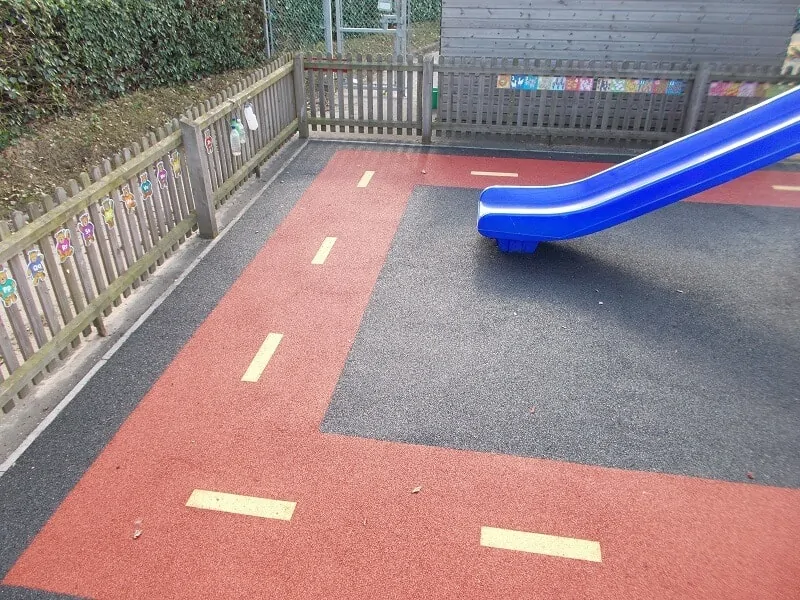
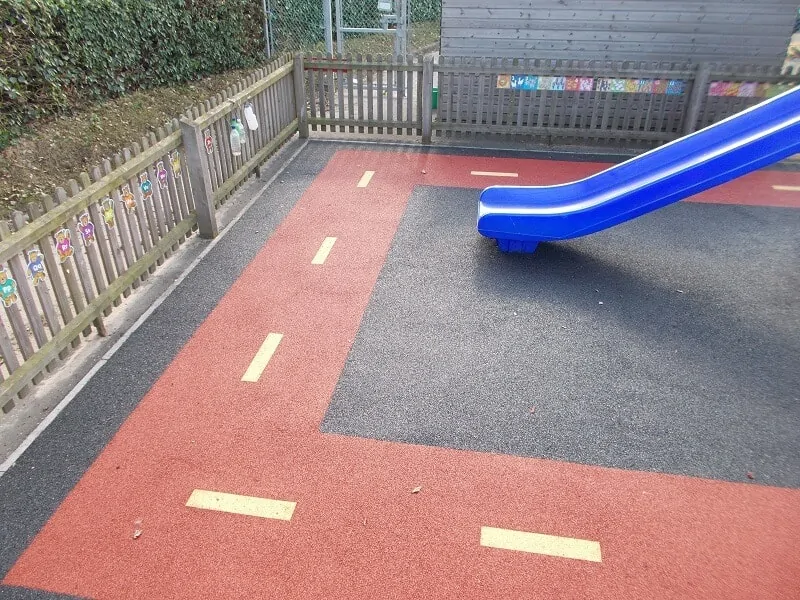

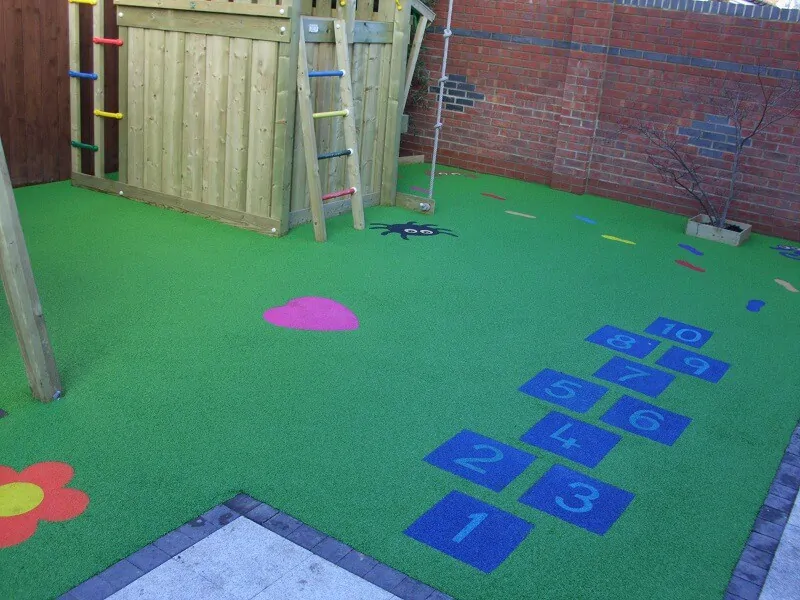
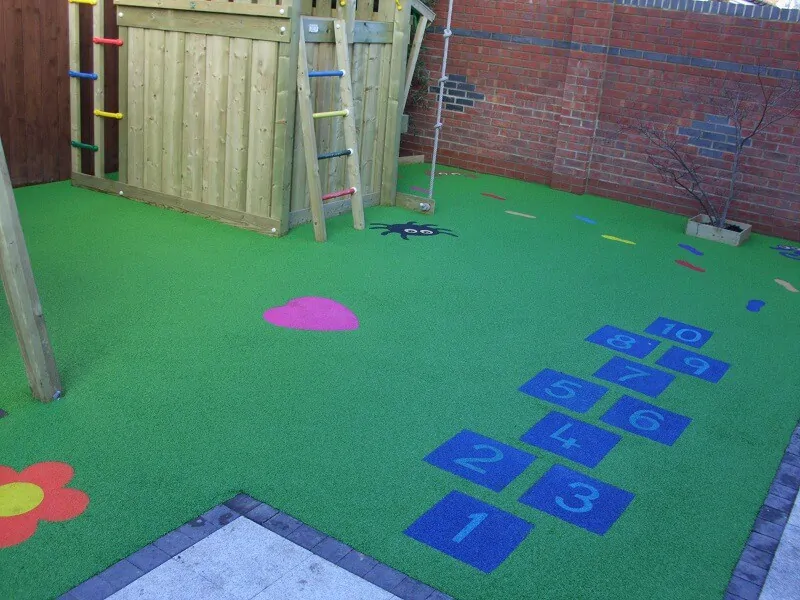
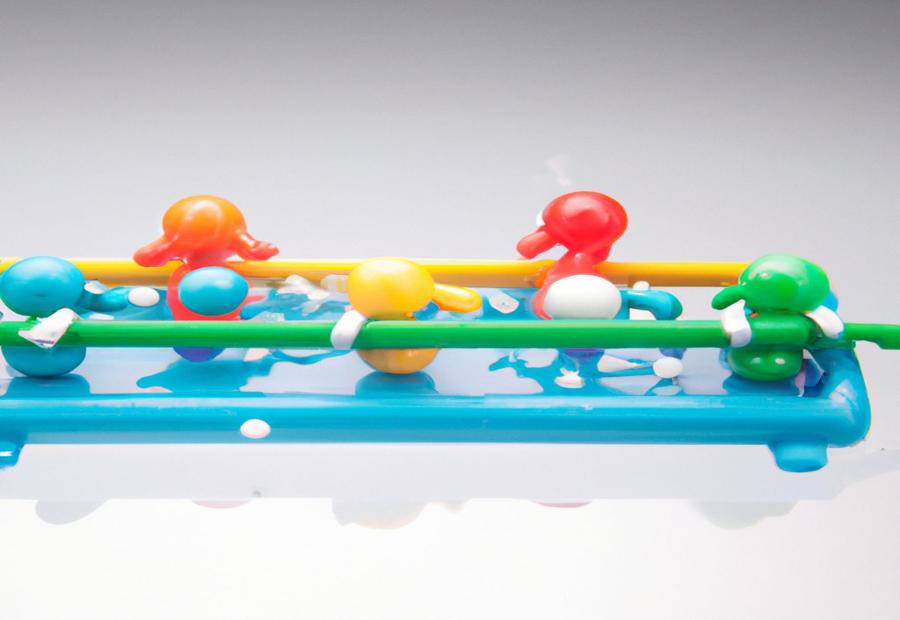
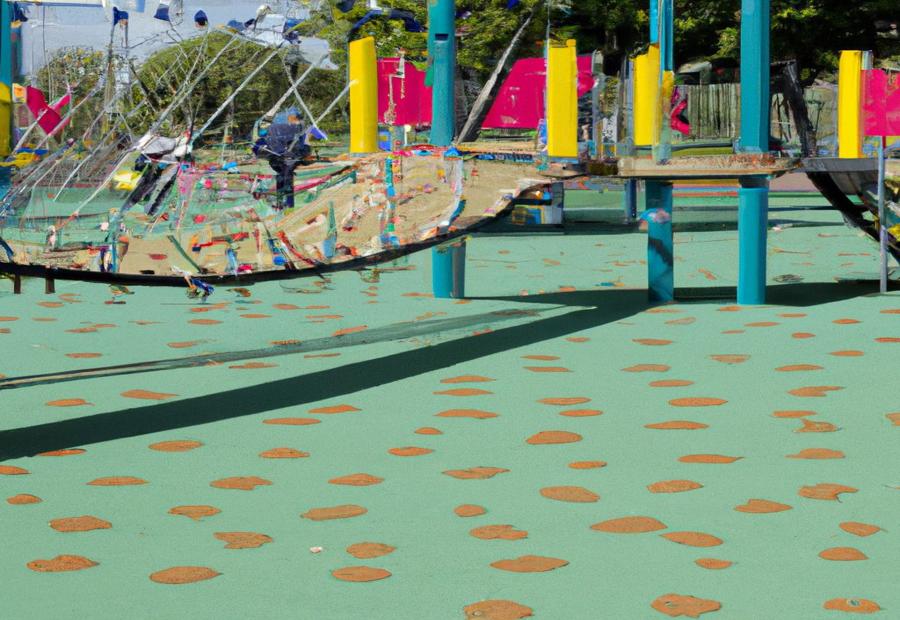
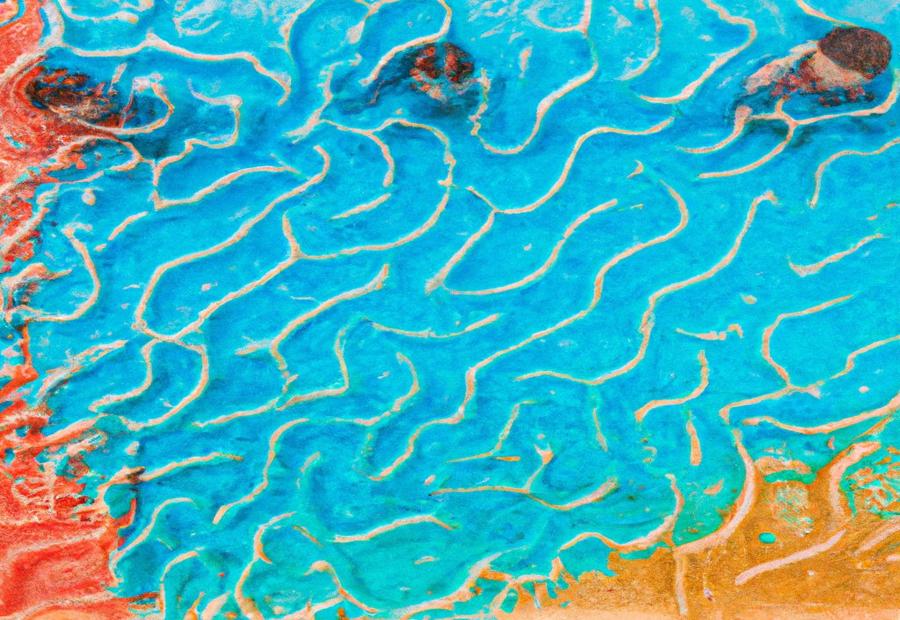
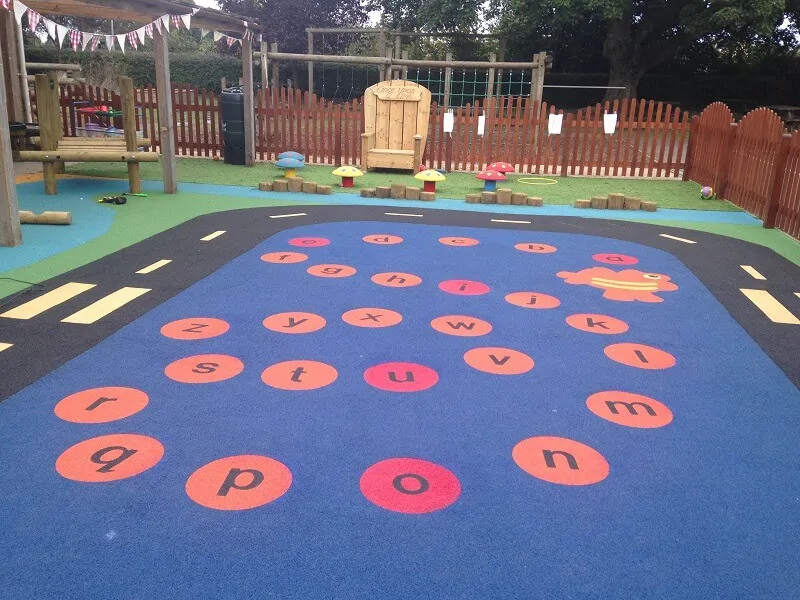
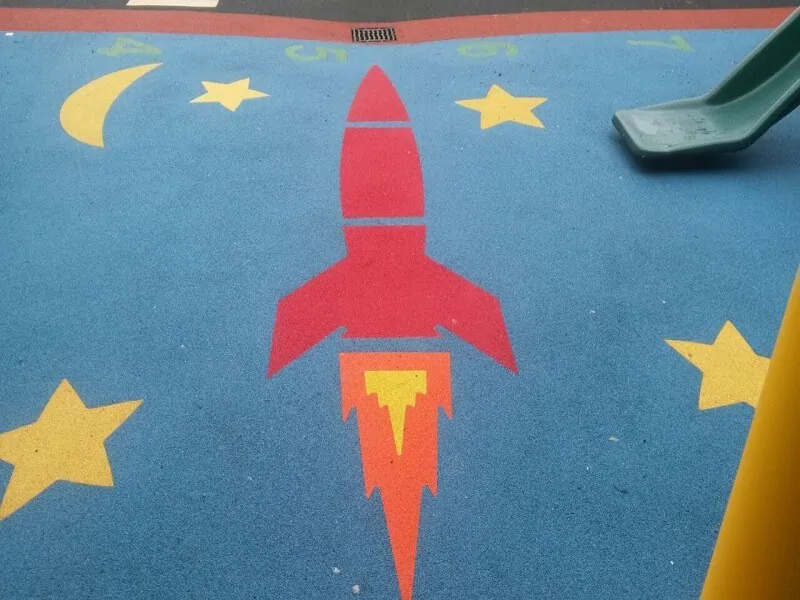
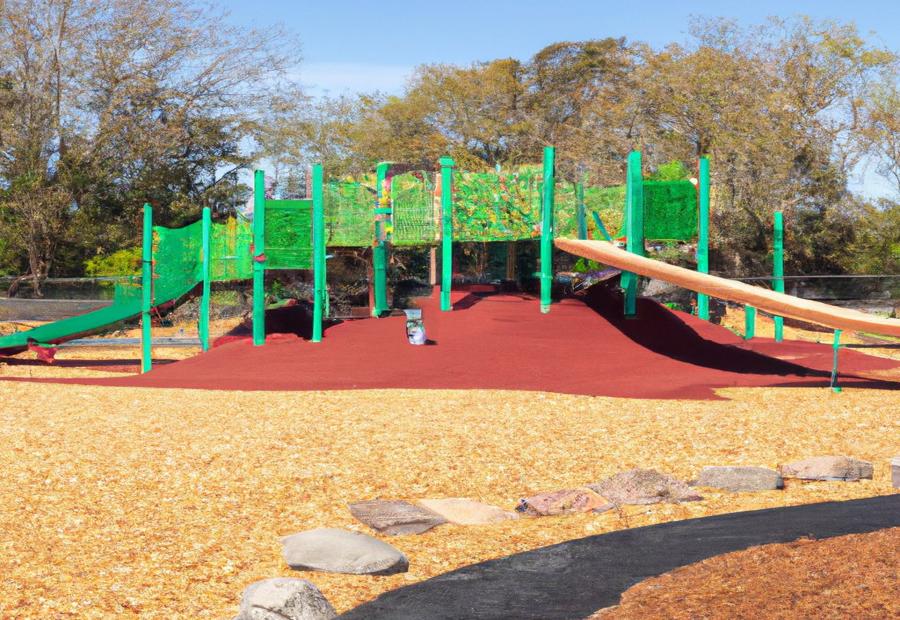
We Aim To Reply To All Enquiries With-in 24-Hours